Results
-
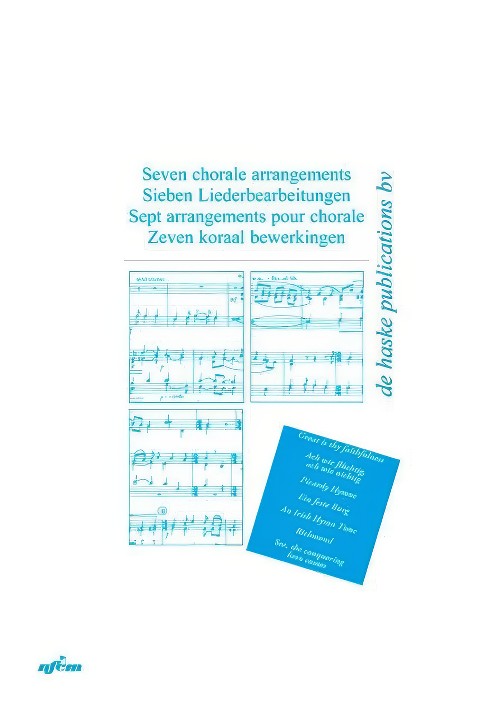 £6.99
£6.99Seven Chorale Arrangements (Part 2 in Bb TC)
Includes:Ein Feste Burg (Luther & Hassler arr. Jan de Haan)An Irish Hymn Tune (arr. Herman Oldenstijl)Richmond (arr. Jan de Haan)See, the Conquering Hero Comes (Handel arr. Jan de Haan)Great is Thy Faithfulness (arr. Herman Oldenstijl)Ach wie Fluchtig, Ach wie Nichtig (arr. Jacob de Haan)Picardy Hymne (arr. Jan de Haan)
Estimated dispatch 7-14 working days
-
 £6.99
£6.99Seven Chorale Arrangements (Part 1 in Eb TC)
Includes:Ein Feste Burg (Luther & Hassler arr. Jan de Haan)An Irish Hymn Tune (arr. Herman Oldenstijl)Richmond (arr. Jan de Haan)See, the Conquering Hero Comes (Handel arr. Jan de Haan)Great is Thy Faithfulness (arr. Herman Oldenstijl)Ach wie Fluchtig, Ach wie Nichtig (arr. Jacob de Haan)Picardy Hymne (arr. Jan de Haan)
Estimated dispatch 7-14 working days
-
 £6.99
£6.99Seven Chorale Arrangements (Part 1 in Bb TC)
Includes:Ein Feste Burg (Luther & Hassler arr. Jan de Haan)An Irish Hymn Tune (arr. Herman Oldenstijl)Richmond (arr. Jan de Haan)See, the Conquering Hero Comes (Handel arr. Jan de Haan)Great is Thy Faithfulness (arr. Herman Oldenstijl)Ach wie Fluchtig, Ach wie Nichtig (arr. Jacob de Haan)Picardy Hymne (arr. Jan de Haan)
Estimated dispatch 7-14 working days
-
 £6.99
£6.99Seven Chorale Arrangements (Part 1 in C TC)
Includes:Ein Feste Burg (Luther & Hassler arr. Jan de Haan)An Irish Hymn Tune (arr. Herman Oldenstijl)Richmond (arr. Jan de Haan)See, the Conquering Hero Comes (Handel arr. Jan de Haan)Great is Thy Faithfulness (arr. Herman Oldenstijl)Ach wie Fluchtig, Ach wie Nichtig (arr. Jacob de Haan)Picardy Hymne (arr. Jan de Haan)
Estimated dispatch 7-14 working days
-
 £15.50
£15.50Seven Chorale Arrangements (Score)
Includes:Ein Feste Burg (Luther & Hassler arr. Jan de Haan)An Irish Hymn Tune (arr. Herman Oldenstijl)Richmond (arr. Jan de Haan)See, the Conquering Hero Comes (Handel arr. Jan de Haan)Great is Thy Faithfulness (arr. Herman Oldenstijl)Ach wie Fluchtig, Ach wie Nichtig (arr. Jacob de Haan)Picardy Hymne (arr. Jan de Haan)
Estimated dispatch 7-14 working days
-
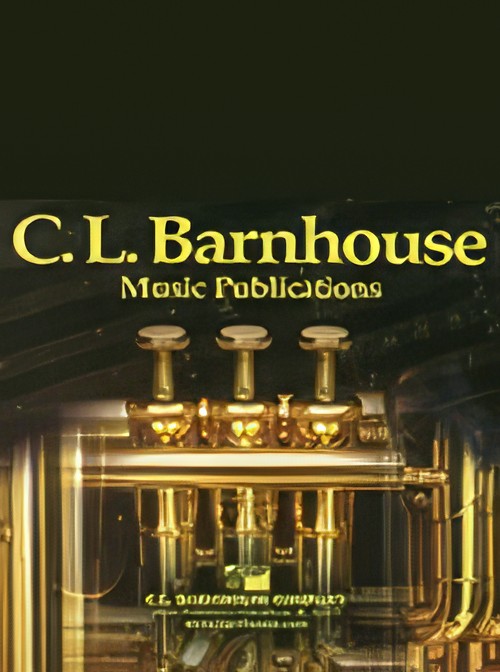 £275.00
£275.00Praise Jeruslem! (Concert Band - Score and Parts) - Reed, Alfred
Kovia YeroosaghemVariations on a Armenian Easter HymnA major work of lasting importance for the modern symphonic band or wind ensemble by this acknowledged master of the medium. This set of variations on a 7th Century Armenian Communion Easter hymn calls forth every possible sound, colour and tonal effect, showing off the winds, brasses and percussion of the modern band in all their glory. An overwhelming conclusion that blends an additional six-voice brass choir with the full band makes this one of the finest closing works for a concert in many years.Duration: 16.45
Estimated dispatch 7-14 working days
-
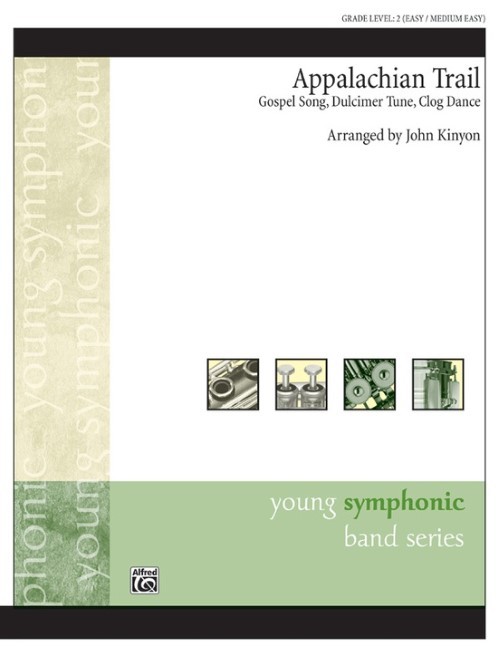 £43.50
£43.50Appalachian Trail (Concert Band - Score and Parts) - Kinyon, John
This suite captures the flavor of the musical sounds indigenous to the mountain people of Appalachia. The first movement is based on the well-loved hymn 'Amazing Grace.' The pensive second movement is titled 'Dulcimer Tune' and provides an excellent contrast to the lively third movement 'Clog Dance' which features wood block and snare drum that simulate the sounds of hill country clogging.
Estimated dispatch 7-14 working days
-
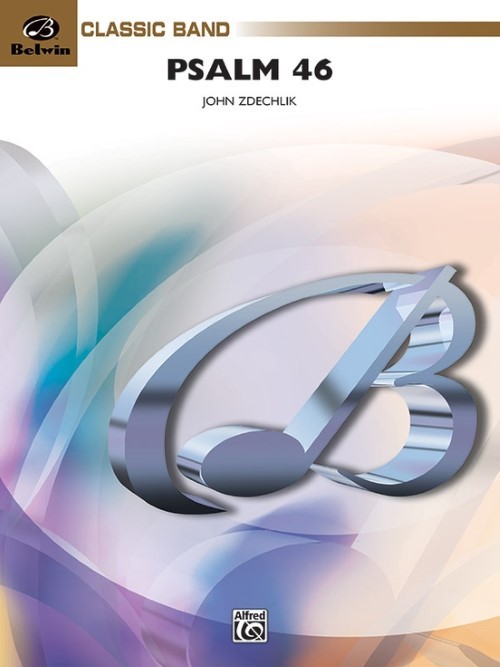 £73.50
£73.50Psalm 46 (Concert Band - Score and Parts) - Zdechlik, John
Psalm 46 is based upon the chorale melody from A Mighty Fortress is our God, the best known Martin Luther hymn which was composed sometime between 1527 and 1529. The hymn's words paraphrase Psalm 46. Zdechlik's setting is divided into four major sections with a wide variety of styles and meters that draw to a powerful heroic conclusion. The work, originally published in 1971, is dedicated to Mr. Leon Titus and the Concordia College Band, St. Paul, Minnesota.Duration: 9:30
Estimated dispatch 7-14 working days
-
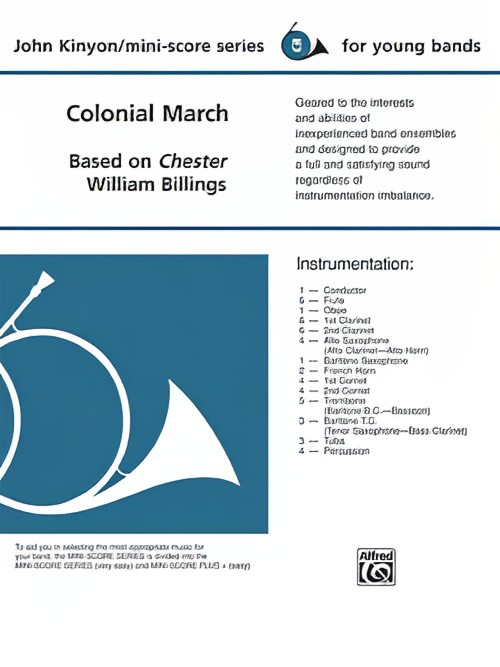 £36.95
£36.95Colonial March (Concert Band - Score and Parts) - Billings, William - Kinyon, John
Based on the hymn tune, Chester. Duration: 2.30
Estimated dispatch 7-14 working days
-
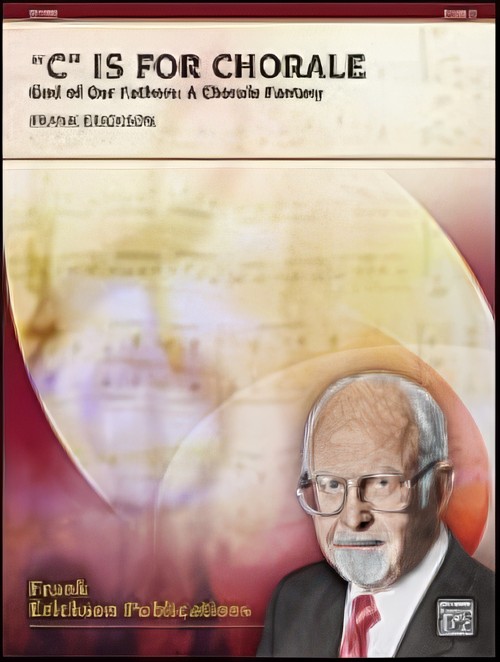 £54.95
£54.95"C" IS FOR CHORALE (Young Band) - Erickson, Frank
The Choral Fantasy varies from the Choral Prelude in that it is much freer in form and style. This number opens with a variation of the fanfare that has been traditionally inserted as an introduction and interlude between stanzas. The chorale is then presented in a traditional harmonization by the full band. The second section is in a faster tempo, and is based on statements of the opening motive of the hymn presented in fugal style
Estimated dispatch 7-14 working days
